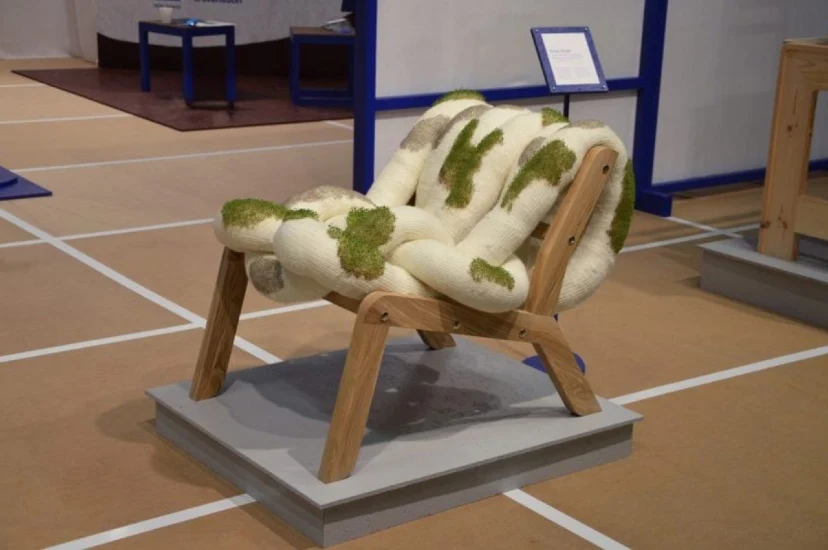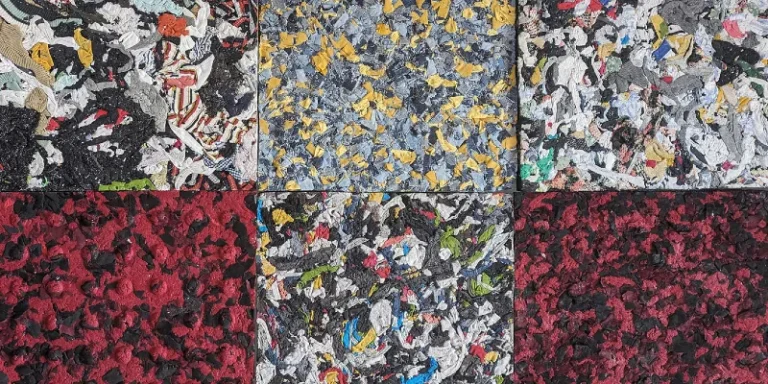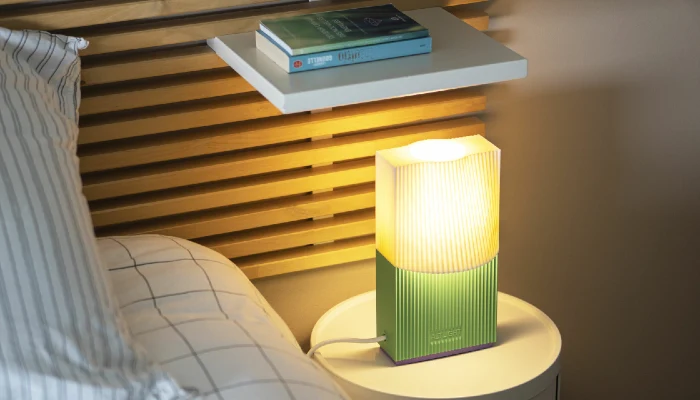In a world where the line between the natural and the man-made blurs, three students from the University of Gothenburg in Sweden have taken a bold step toward redefining our living spaces. Alice Hultqvist, Emelie Sjöberg, and Linnea Nilsson have crafted a chair that’s not just for sitting; it’s a living ecosystem.
Introducing the Chia-Chair: a fusion of function and flora, this piece doesn’t just accommodate humans; it’s a haven for plants.

At first glance, the Chia-Chair captivates with its intriguing design. But look closer, and you’ll realize that the abstract patterns aren’t fabric or paint; they’re live plants. The concept behind this innovative chair challenges the traditional notion that furniture must cater solely to human comfort. Instead, it posits a world where our green companions take precedence, inviting us to ponder our place in the natural order.
Crafted in the studios of HDK-Valand, Gothenburg’s prestigious art and design academy, this chair breaks the mold. The usual suspects of cushions and upholstery give way to a network of knitted, knotted tubes, a nurturing ground for chia seeds to flourish. Here, plants aren’t just decoration; they’re the primary occupants. This reimagining of the chair’s purpose encourages a shift in perspective, urging humans to approach it with the reverence due to any living being.

This shift towards a posthumanist design was showcased at the Making Transparency exhibition, part of the Stockholm Furniture Fair’s Greenhouse section, known for spotlighting student innovation. Here, Hultqvist, Sjöberg, and Nilsson’s work stood as a testament to a growing awareness of humanity’s often adverse impact on the environment. By designing a piece that places plant life at the forefront, the Chia-Chair is a call to action, a reminder of the need for balance and reciprocity in our interactions with the natural world.
The chair’s construction combines simplicity with sustainability. An ash wood frame supports a wool “sock,” filled with polyester stuffing, which acts as the base for the chia plantation. The process of caring for the chair-plants, involving twice-daily waterings and a nightly plastic cover to ensure moisture retention, is a tad cumbersome particularly when compared to other pieces of furniture, but according to the designers, that’s the point.

The Chia-Chair requires a commitment, just like any other living creature.
Despite its appearance, the Chia-Chair is more of a conceptual piece than one of conventional utility. It represents a vision of the future where our living spaces are intertwined with elements of nature, fostering a connection often lost in urban environments. As cities expand and the natural world contracts, integrating plants and greenery into our homes could be a step toward reconciling this imbalance.

While the design is unique, the practicality of the Chia-Chair as everyday furniture does raise a few questions.
The care and maintenance required to keep the plants alive may not be feasible for everyone. The use of polyester stuffing and the necessity of a plastic cover also introduce elements that may not align with the sustainability goals of the project.
More To Discover
- Materials Shaping the Future of Sustainable Fashion: Polylactic Acid (PLA)
- Wind-Powered Cargo Ships with Sail-Like ‘Wings’ Aim to Reduce Fuel Usage by 30% And Now We Have One In Operation
- New Battery Tech Tackles Two Decarbonization Challenges At Once
- Where Are The Smaller Reactors? When Will Modular Nuclear Power Get Here?
Furthermore, the cost of such innovative furniture, both in terms of production and purchase, could place it beyond the reach of the average consumer. We’re not sure yet as it’s sold through commission only right now, which typically means, it’s expensive.
Regardless, the Chia-Chair is a conversation starter, a piece that pushes the boundaries of design and challenges us to rethink our relationship with the natural world. It stands as a symbol of potential change, urging us to consider a future where the line between the living and the inanimate is not just blurred but erased. It may not be practical, but it is guaranteed to initiate conversation.
















